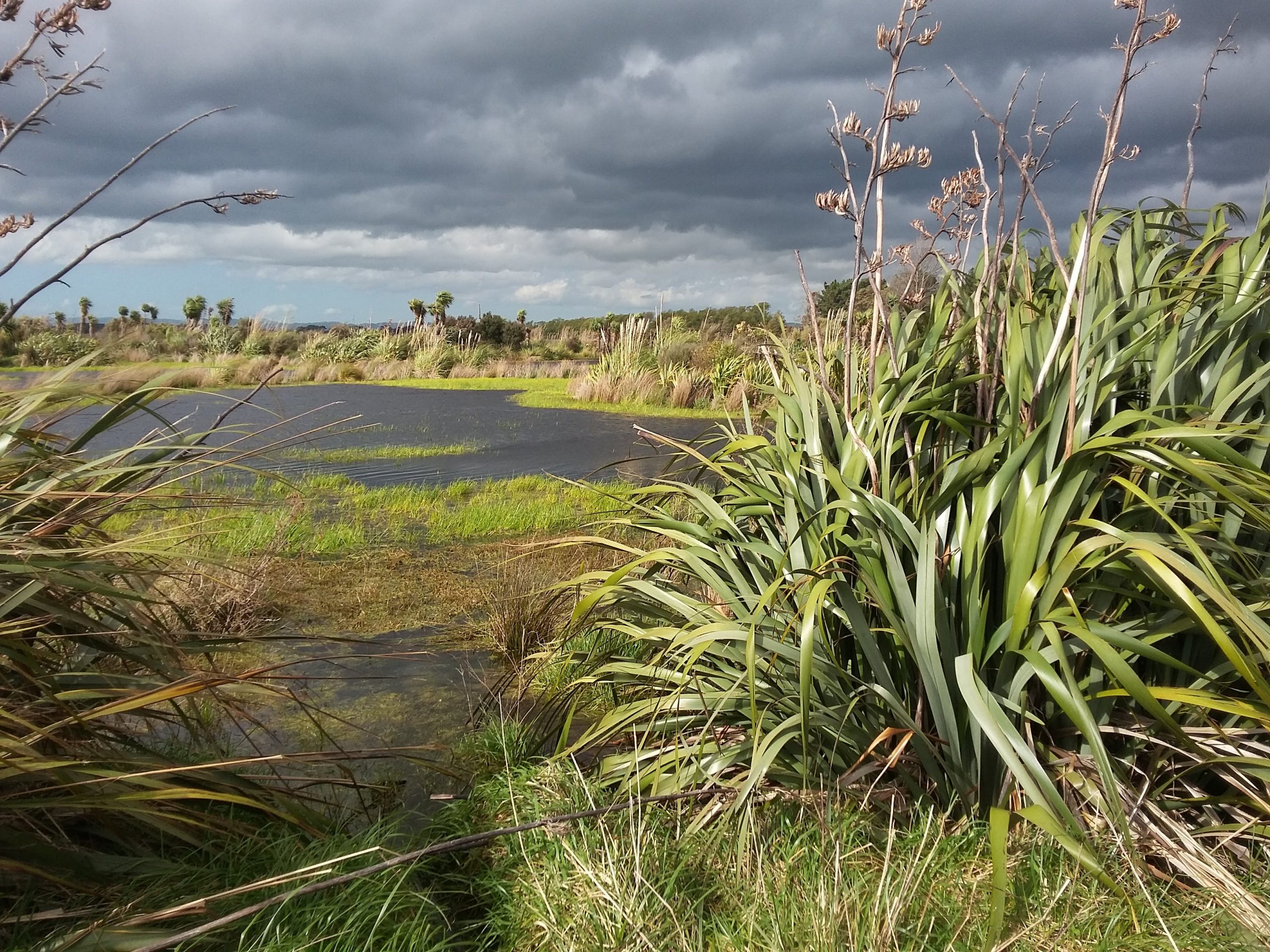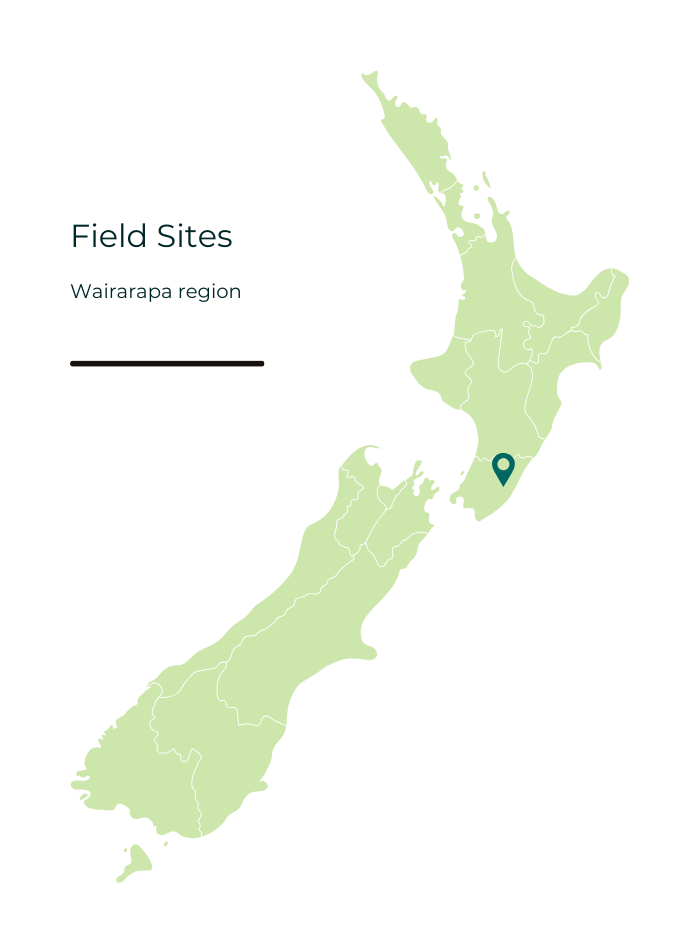
Project Details
Project Overview
Maire tawake (Syzygium maire) is an endangered tree species that occurs only in Aotearoa. Once widespread in lowland swamp forests of the North Island, populations are now few and fragmented due to widespread wetland drainage and conversion to agriculture. To make matters worse, maire tawake is highly susceptible to myrtle rust, an airborne disease that entered Aotearoa in 2017.
To prevent extinction of maire tawake there is an urgent need to increase the size, number, and connectivity of remaining populations, but where will they be safe from myrtle rust?
This research addresses this problem by combining spatially explicit modelling approaches with metapopulation and disease ecology theory. It aims to identify the importance of existing maire tawake populations for supporting species persistence in mixed-use landscapes, where the risk of pathogen spill over to maire tawake from other Myrtaceae is highest, and optimal locations for protection and planting programmes.

Why This Matters
Restoring maire tawake and lowland swamp forests has multiple benefits for the health of our whenua, our people, and our native biodiversity. Swamps mitigate flooding and keep our waterways clean by capturing excess nutrients and sediment.
Before widespread deforestation of the lowlands, swamps supported highly productive forests with canopies typically dominated by kahikatea, pukatea, and maire tawake. Maire tawake were a traditionally important resource for Māori. The antioxidant-rich berries were consumed as food, and the bark was used for dyeing textiles made of harakeke.
Furthermore, the flowers and fruit of maire tawake support numerous nectivorous and frugivorous insects and birds, such as native bees, tūī, and kererū. Restoring maire tawake to its former range is an important action with intergenerational benefits for biodiversity, Te Taiao, and Te Ao Māori.
Expected outcomes of this project are:
-
- a national map of myrtle rust spillover risk,
- a metapopulation model of Wairarapa maire tawake that can be used to forecast the landscape-wide population impacts of different scenarios such as proposed planting programmes or local extinctions.
These outputs may be used by landowners, tangata whenua, land management authorities, and community groups to evaluate the importance of natural and planted populations of maire tawake for sustaining the species across landscapes, and to identify priority locations for species protection and restoration.
Project Objectives
- Identify the importance of existing maire tawake populations for supporting species persistence in the Wairarapa region, a model mixed-use landscape.
- Identify optimal locations for protection and planting programmes for maire tawake within Wairarapa.
- Build a metapopulation model of maire tawake that can be used to forecast the landscape-wide population impacts of different scenarios such as proposed planting programmes or local extinctions.
- Identify where the risk of pathogen spill over to maire tawake from other Myrtaceae is highest across Aotearoa New Zealand
Project Collaborators
| Victoria University of Wellington | Manaaki Whenua – Landcare Research | Ministry of Primary Industries |




